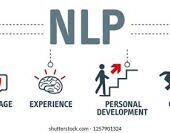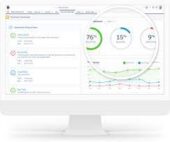As of 2022, 96% of hospitals were involved in some form of electronic public health data exchange, according to a blog post by the Office of the National Coordinator for Health Information Technology (ONC). Yet Barriers to Healthcare Data Exchange
Despite this high engagement, barriers to effective data exchange remain. About three-quarters of hospitals reported facing at least one obstacle to public health reporting. The most frequent challenge was the perception that public health authorities (PHAs) could not receive information electronically. Additionally, hospitals cited technical complexities and exchange costs as significant barriers.
ONC data also revealed lower rates of electronic public health reporting among small, rural, independent, and critical access hospitals. Similarly, office-based physicians encounter difficulties in public health data exchange due to limited EHR integration. The 2022 National Physician Health IT Survey indicated that less than half of primary care physicians (41%) used their EHR systems to access immunization data from outside their organizations.
Several initiatives are underway to address these public health reporting challenges and improve interoperability between healthcare providers and PHAs:
- The CDC’s Data Modernization Initiative provides investment and funding.
- Standards development is underway through USCDI+ Public Health and Helios, an HL7 FHIR accelerator.
- The Trusted Exchange Framework and Common Agreement (TEFCA) aims to facilitate secure information exchange between healthcare and public health.
- Health information exchange services are being used to bolster PHAs’ ability to respond to public health emergencies.
Additionally, a proposed rule from ONC seeks to enhance public health data exchange further. The Health Data, Technology, and Interoperability: Certification Program Updates, Algorithm Transparency, and Information Sharing (HTI-2) proposed rule builds on existing certification criteria by:
- Requiring the adoption of updated standards for information sharing.
- Introducing new certification criteria for transmitting birth reporting data to PHAs, expanding laboratory data exchange, and enabling bi-directional exchange with prescription drug monitoring programs.
- Adding certification criteria for “health IT for public health” that align with existing standards and functional requirements to promote interoperable exchange between PHAs and healthcare providers.
According to the ONC blog, “Together, these efforts will help address persistent challenges to public health data sharing by investing in public health infrastructure, establishing a governing approach for nationwide health information exchange, and advancing standards to support seamless electronic exchange.”












